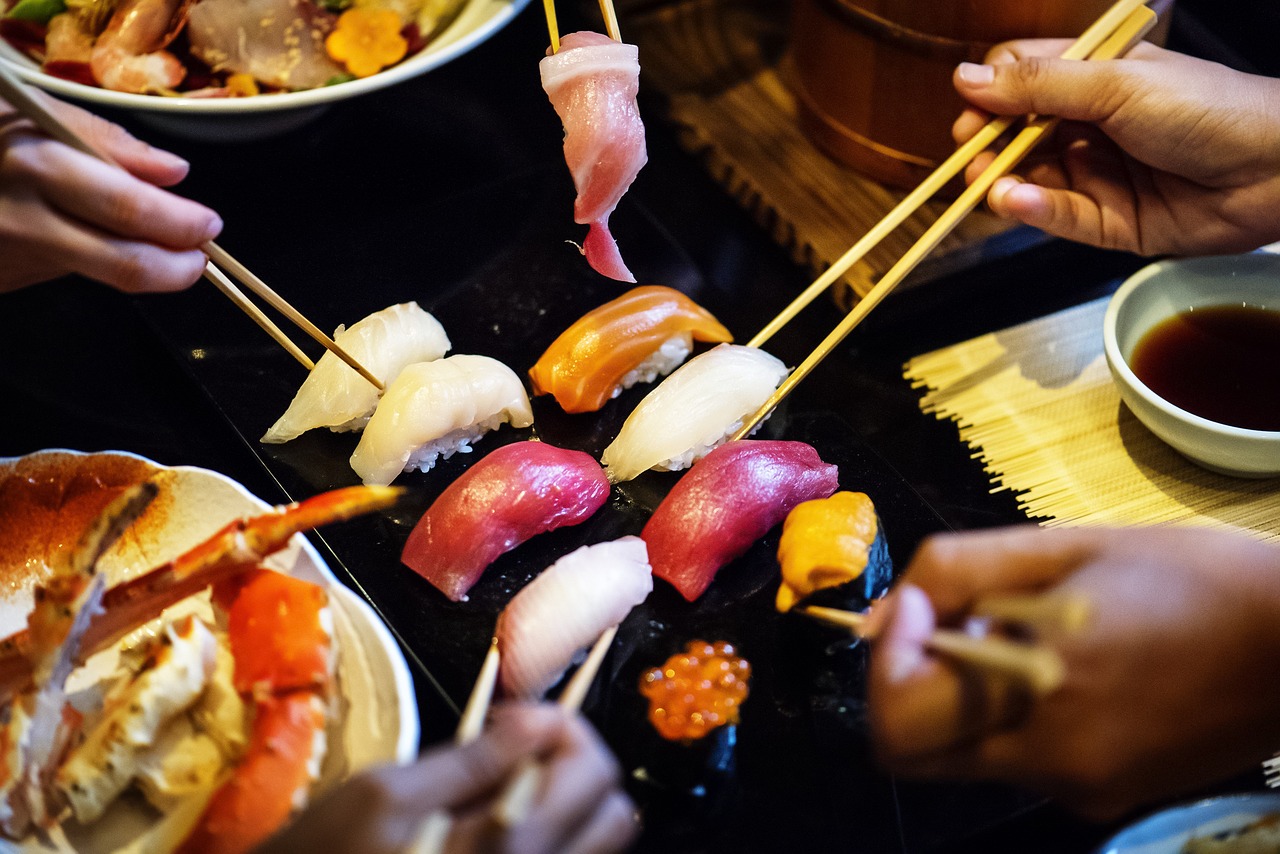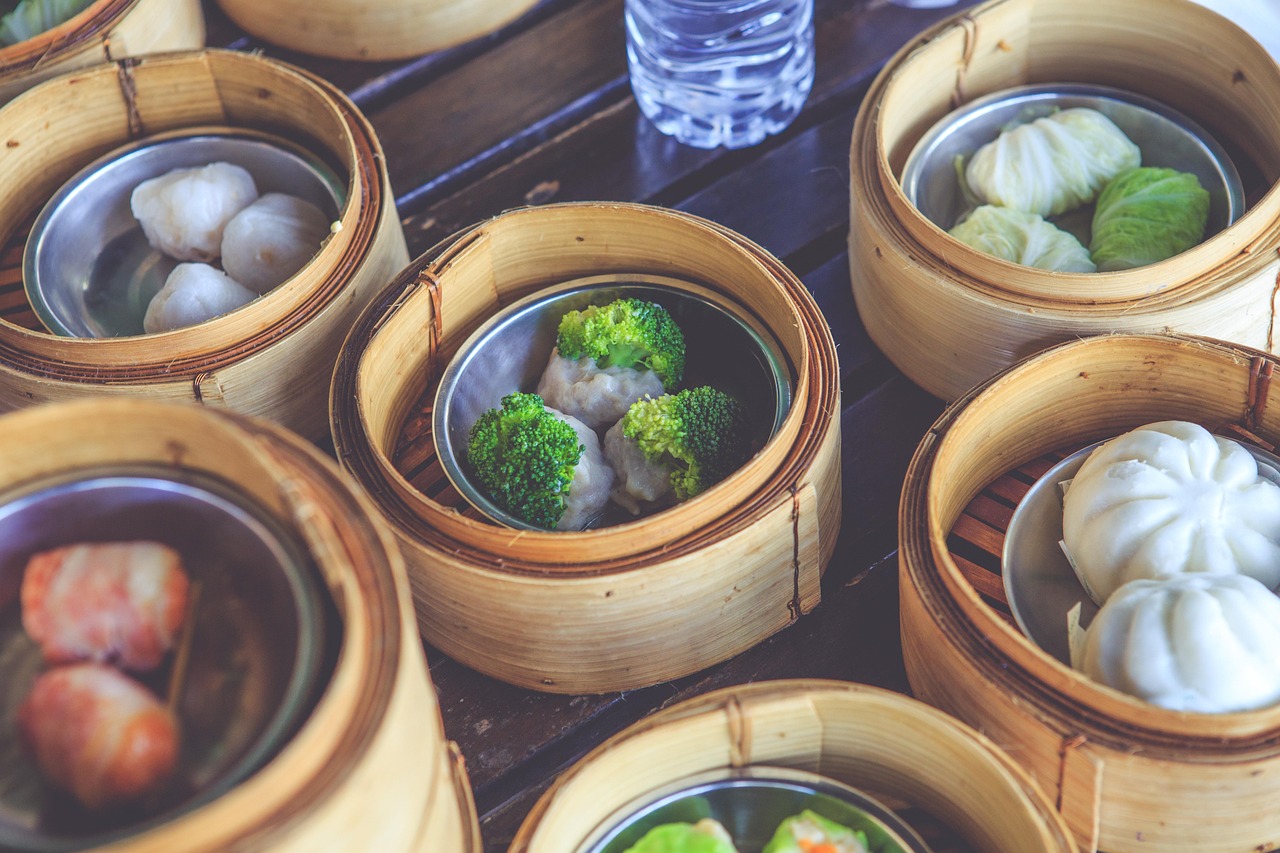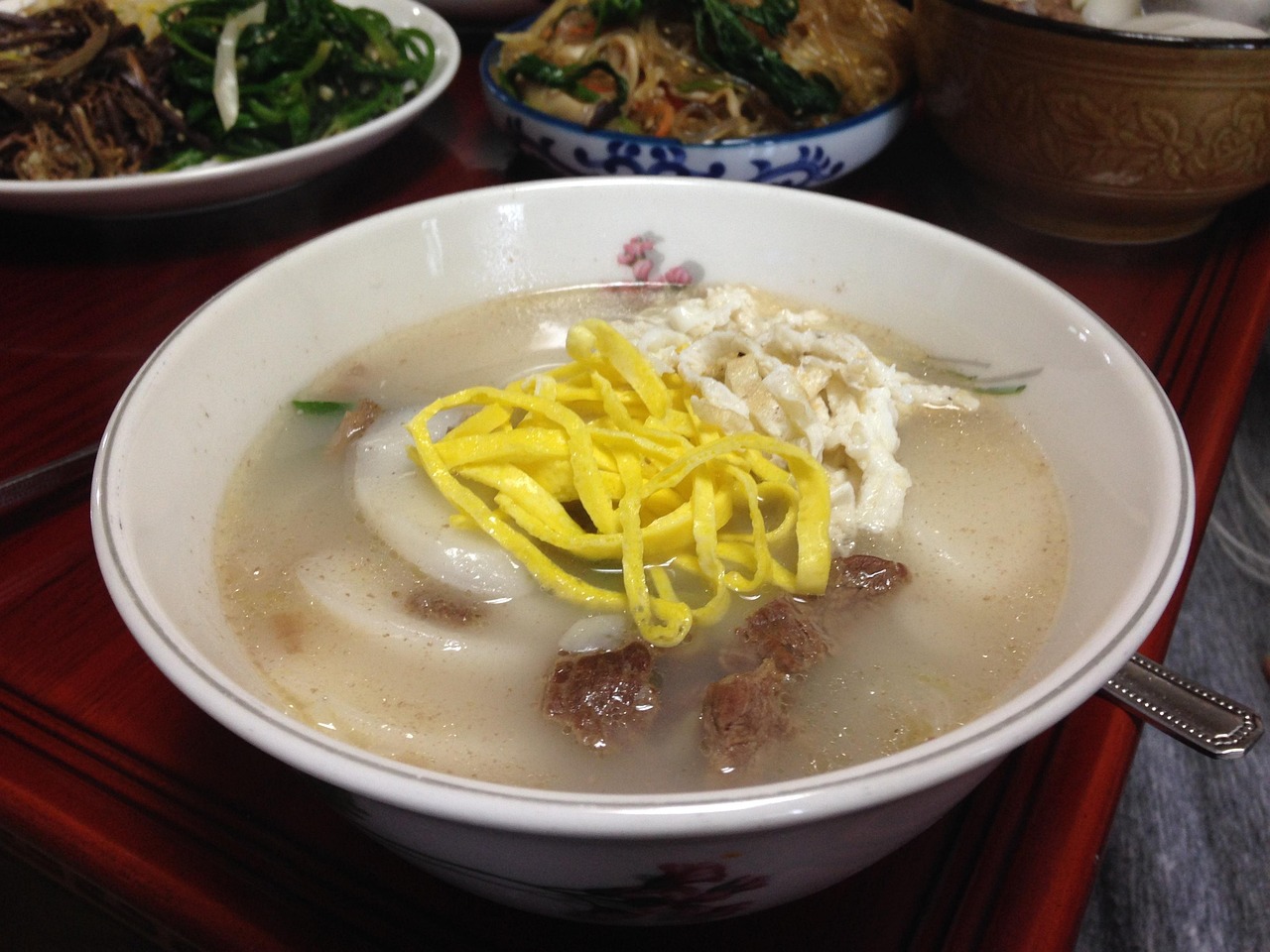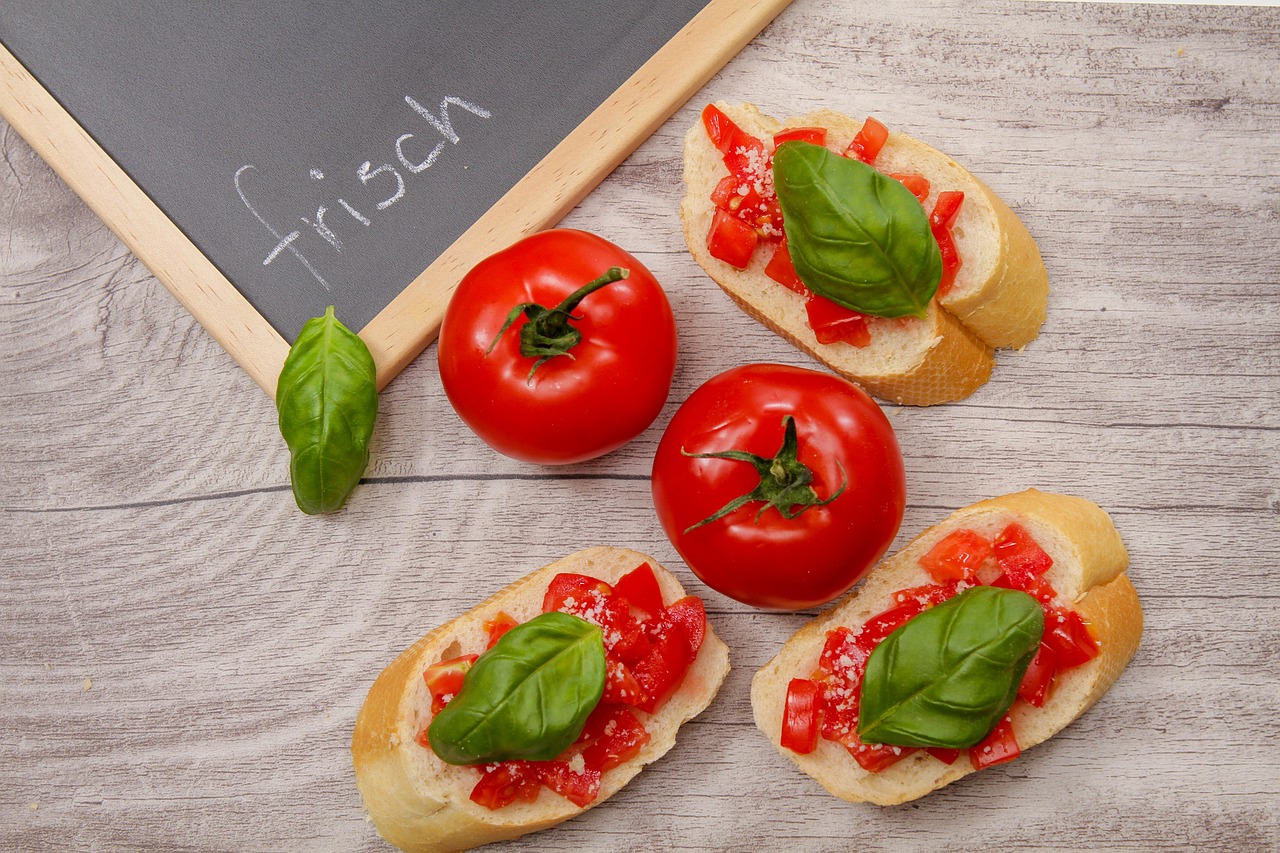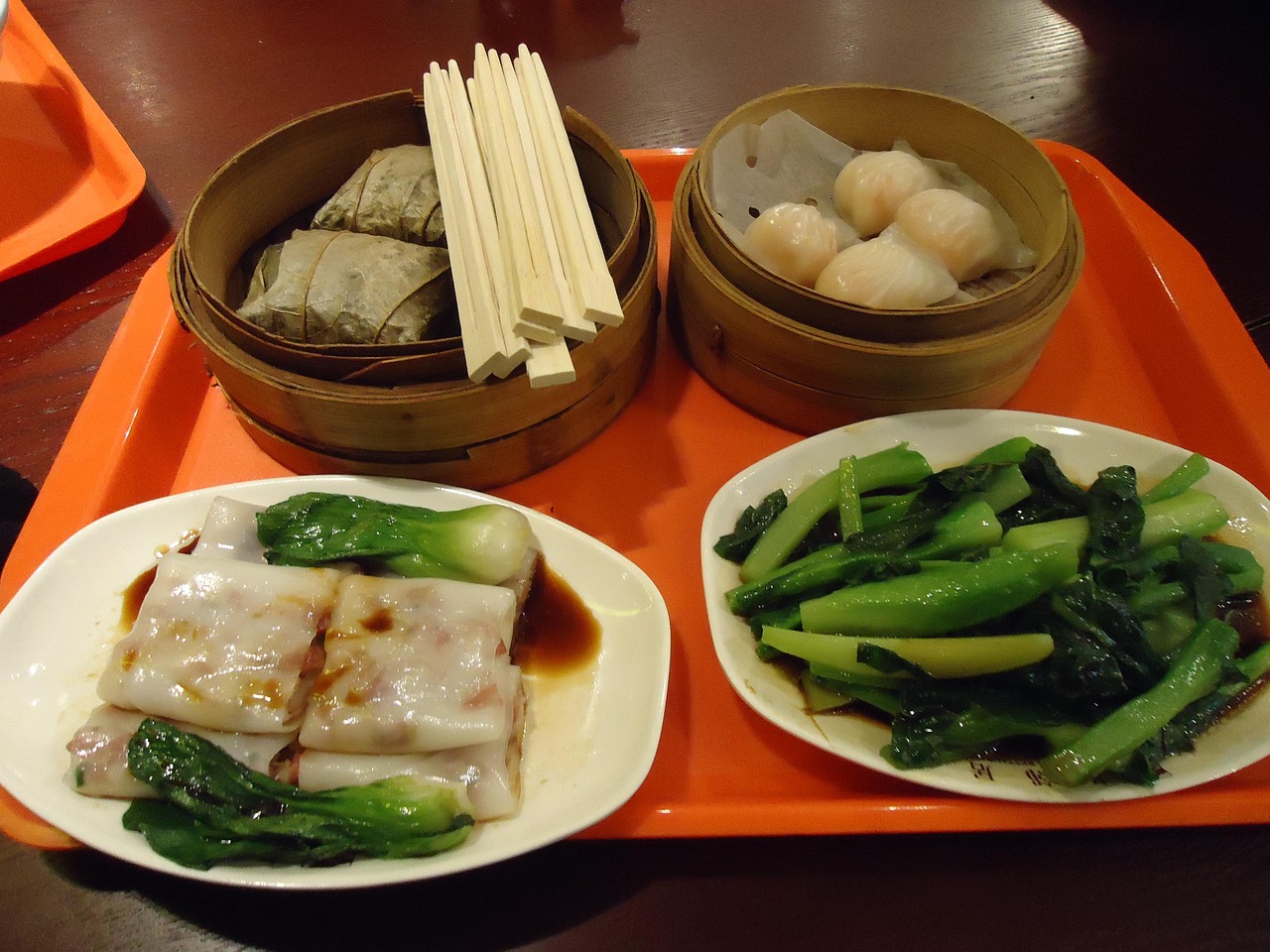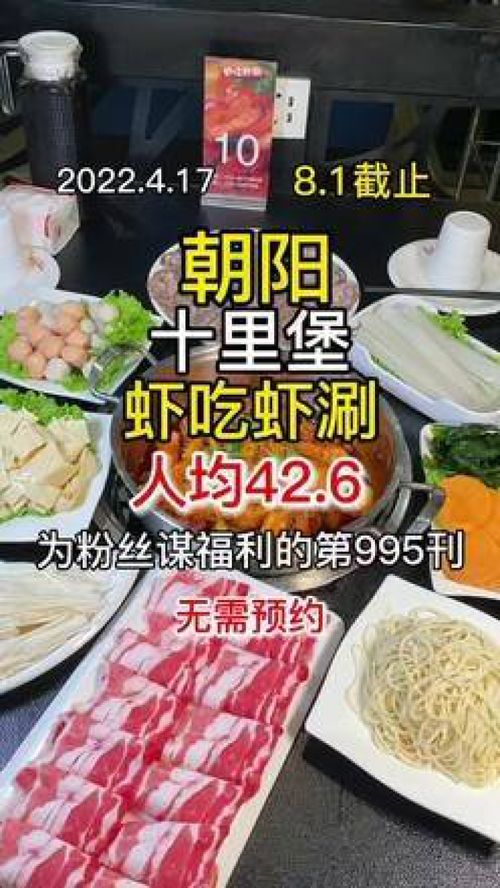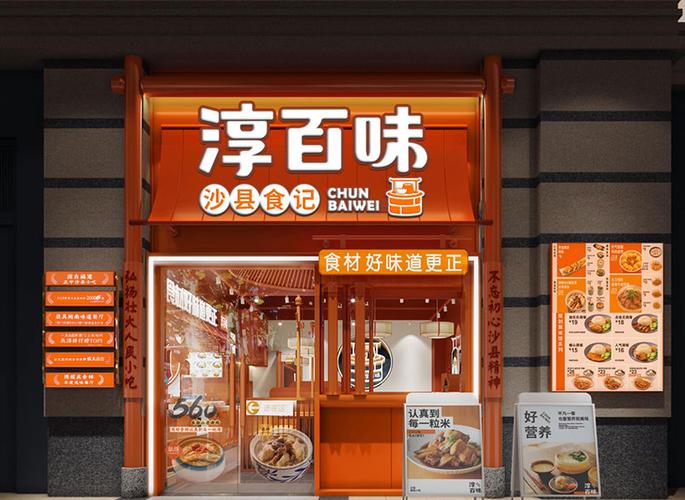Embracing the Festive Flavors:A Hand-Drawn English Guide to Chinese New Year Delicacies
As the Lunar New Year approaches, the air is filled with the aroma of delicious dishes that have been passed down through generations. In this hand-drawn English guide, we will explore the traditional Chinese New Year delicacies that not only satisfy our palates but also hold significant cultural meanings. Let's dive into the world of flavors and learn about the culinary treasures that make the Spring Festival a gastronomic delight.
Dumplings (Jiaozi)
No Chinese New Year celebration is complete without dumplings. These crescent-shaped delicacies symbolize wealth and prosperity due to their resemblance to ancient Chinese gold ingots. Dumplings are typically filled with a mixture of ground meat and vegetables, such as pork and cabbage, or shrimp and chives. The process of making dumplings is a family affair, with everyone gathering around to fold and seal the dumplings, which is believed to bring good luck and fortune for the coming year.
Fish (Yu)
Fish is a staple on Chinese New Year tables, as the word for fish (鱼) sounds like the word for surplus (余), implying that there will be enough to spare and a wish for abundance in the new year. Fish dishes can vary widely, from steamed whole fish with ginger and scallions to sweet and sour fish or fish stews. The fish is often served with the head and tail intact, symbolizing a good start and end to the year.
Nian Gao (New Year Cake)
Nian gao, which translates to "year cake," is a must-have during the Spring Festival. Made from glutinous rice flour, sugar, and water, nian gao can be steamed or fried and is often flavored with osmanthus or red bean paste. The word "gao" is a homophone for "tall" or "high," so eating nian gao is believed to ensure growth, progress, and a higher status in the coming year.
Tangyuan (Sweet Rice Balls)
These glutinous rice balls, often filled with sweet black sesame or peanut paste, are a symbol of family unity and togetherness. Tangyuan are round, which represents wholeness and completeness. They are typically served in a sweet soup, often with osmanthus or ginger for added flavor. Eating tangyuan during the Chinese New Year is a way to wish for a sweet and harmonious year ahead.
Longevity Noodles (Changshou Mian)
Longevity noodles are uncut noodles that represent long life and are a popular dish during the Spring Festival. The longer the noodles, the longer the life, so it's customary to slurp them up in one go without biting. These noodles are often served in a savory broth with vegetables and sometimes meat, making them a hearty and symbolic meal for the new year.
Eight-Treasure Rice (Babao Fan)
Eight-treasure rice is a sweet, sticky rice dish that is filled with various "treasures" such as red beans, lotus seeds, dried fruits, and nuts. The number eight is considered auspicious in Chinese culture, and each ingredient is believed to bring different types of luck and fortune. This dish is often served as a dessert and is a colorful and delicious way to end a Chinese New Year meal.
Fried Spring Rolls (Chunjuan)
Spring rolls, or chunjuan, are another favorite during the Chinese New Year. The word "chun" means spring, and these rolls are filled with a mixture of vegetables and sometimes meat, symbolizing the beginning of a new season. The process of frying the rolls is believed to bring wealth and prosperity, as the sizzling sound is similar to the sound of money coming in.
Prosperity Buns (Fa Gao)
Prosperity buns, or fa gao, are sweet steamed buns topped with a red stamp, which is believed to bring wealth and good fortune. These buns are often filled with sweet bean paste or lotus seed paste and are a popular breakfast item during the Spring Festival. The red stamp is not only a decoration but also a symbol of happiness and prosperity.
Candied Fruits and Nuts
A variety of candied fruits and nuts are enjoyed during the Chinese New Year, symbolizing sweetness and abundance. Dried longans, red dates, and cashews are just a few of the many treats that are shared among family and friends. These sweet and crunchy snacks are perfect for snacking and are believed to bring a sweet life in the coming year.
As you prepare your own Chinese New Year feast, consider incorporating these traditional dishes into your menu. Not only will they add a touch of authenticity to your celebration, but they will also serve as a delicious reminder of the rich cultural heritage that is shared by millions around the world. Happy Chinese New Year, and may your table be filled with love, laughter, and the flavors of prosperity!


